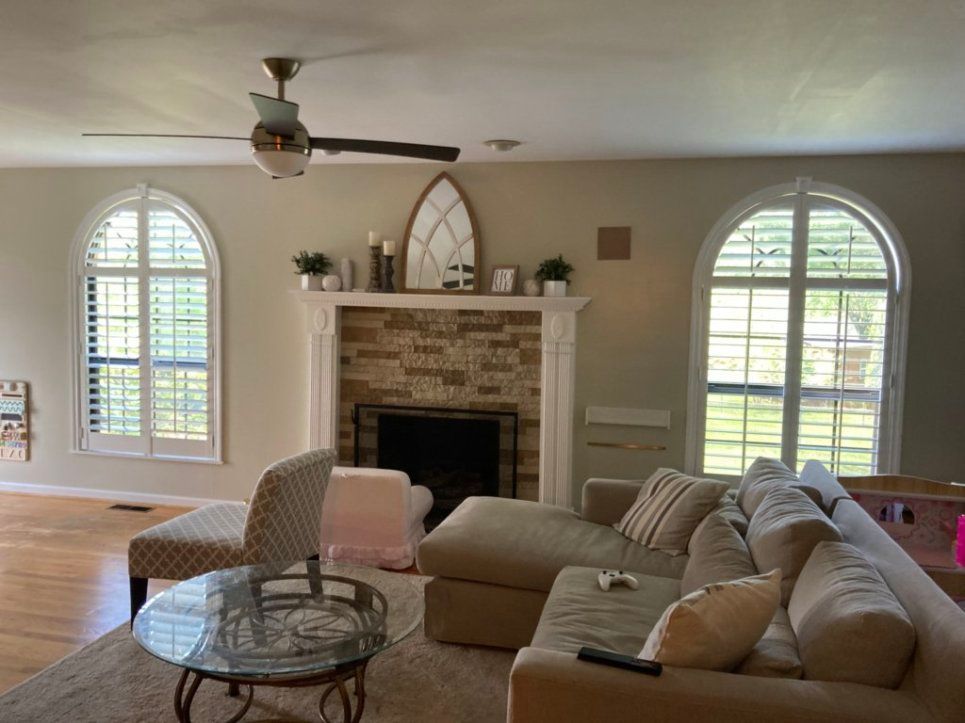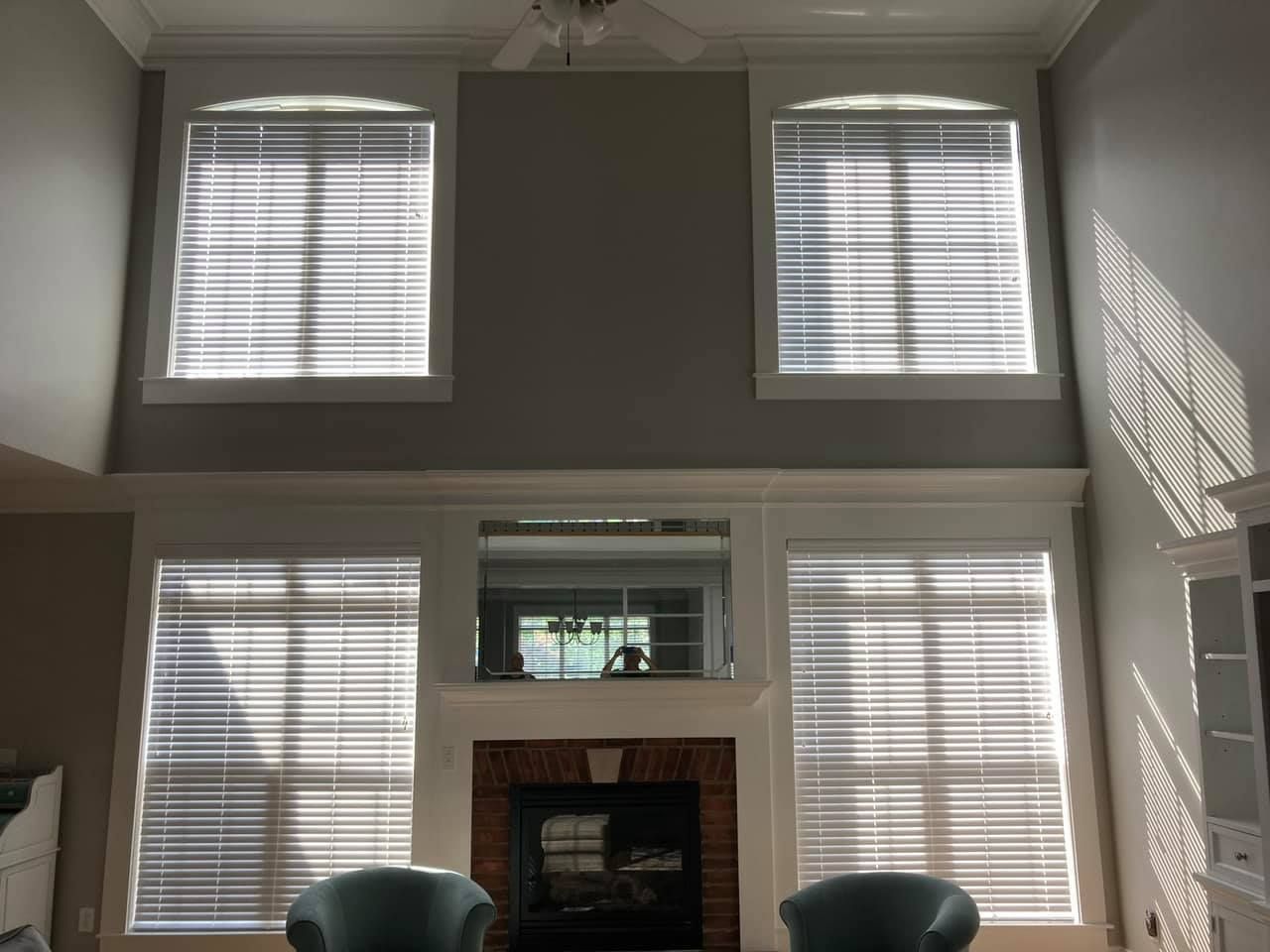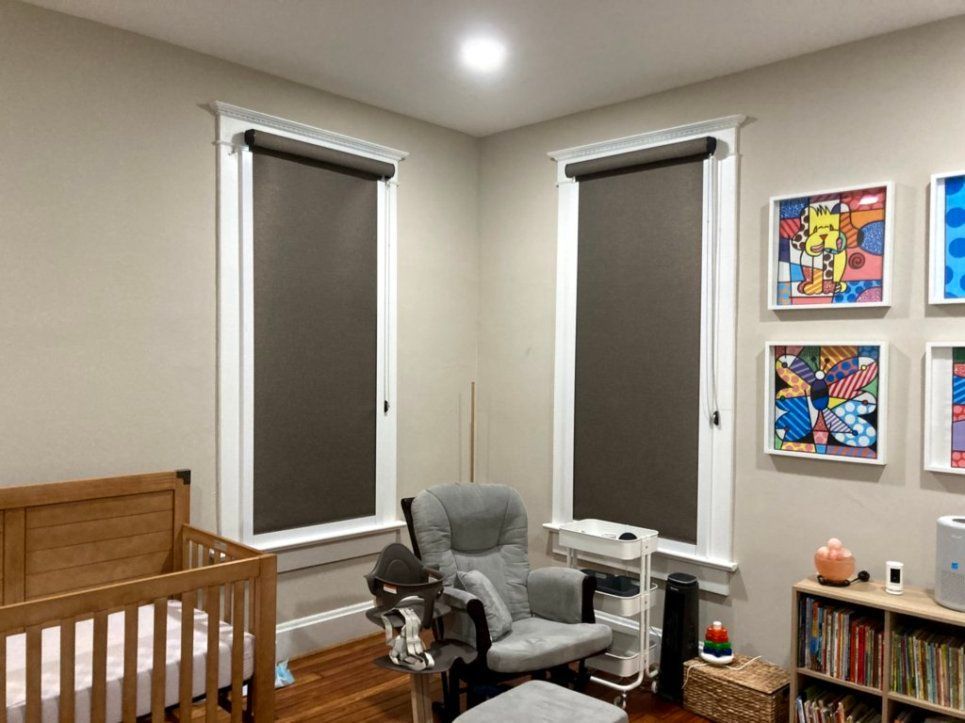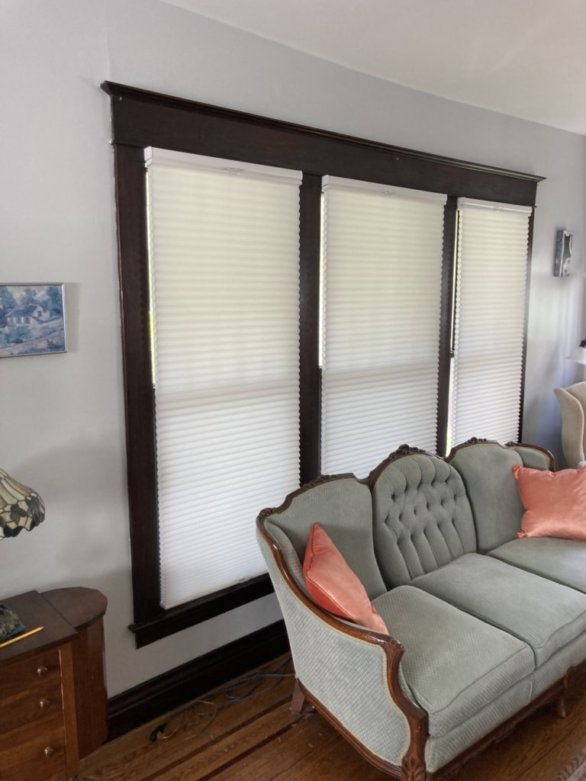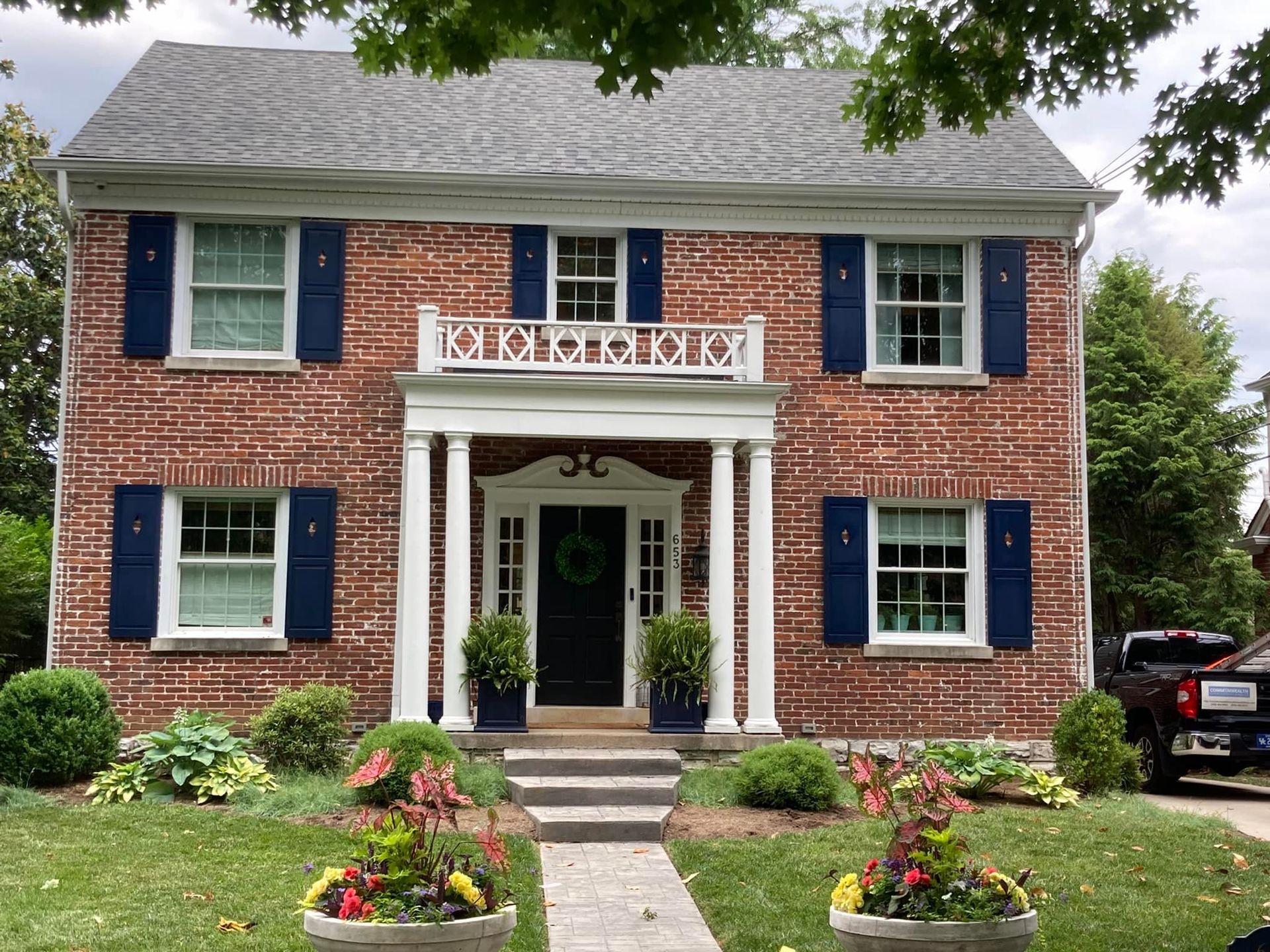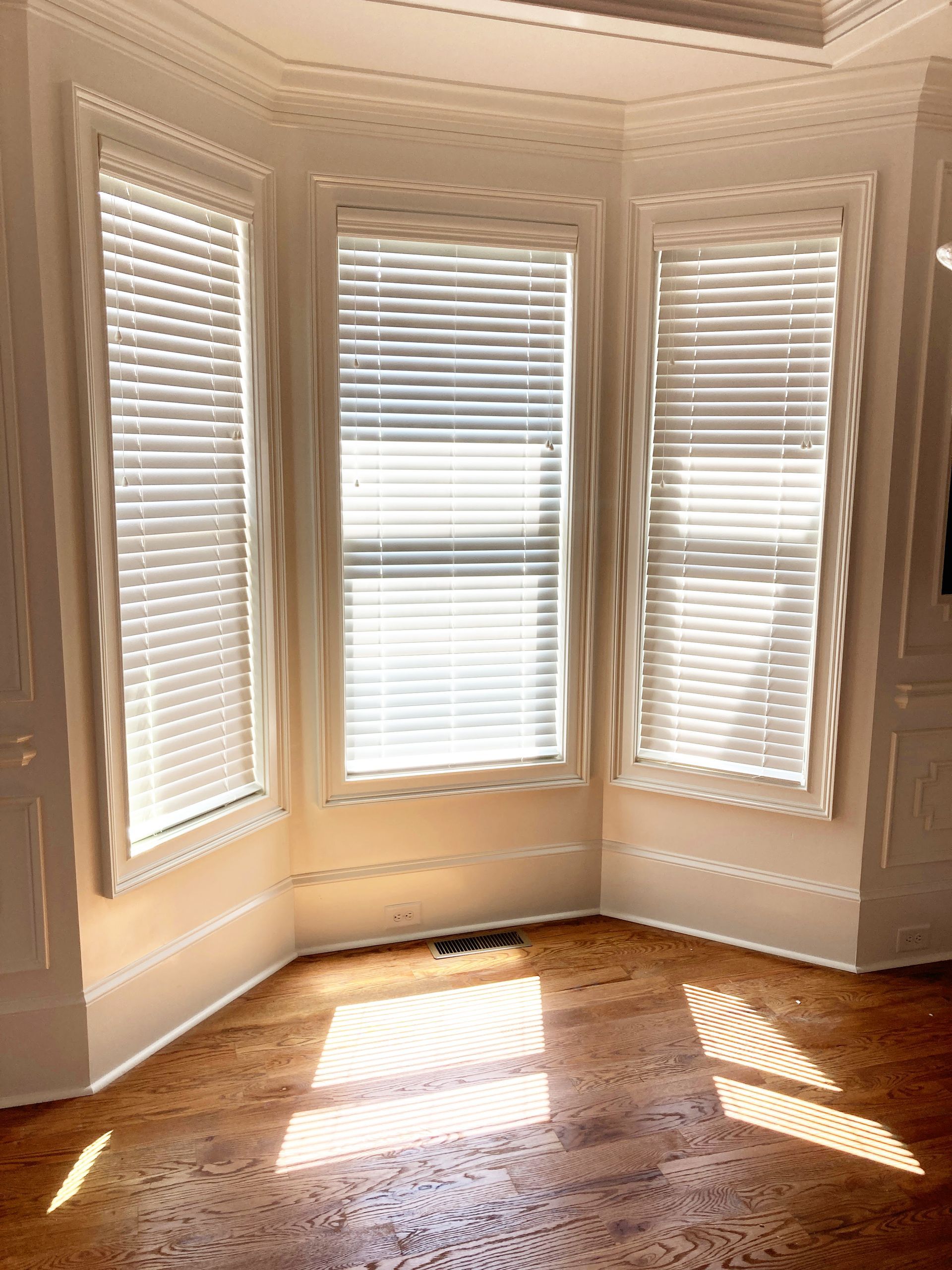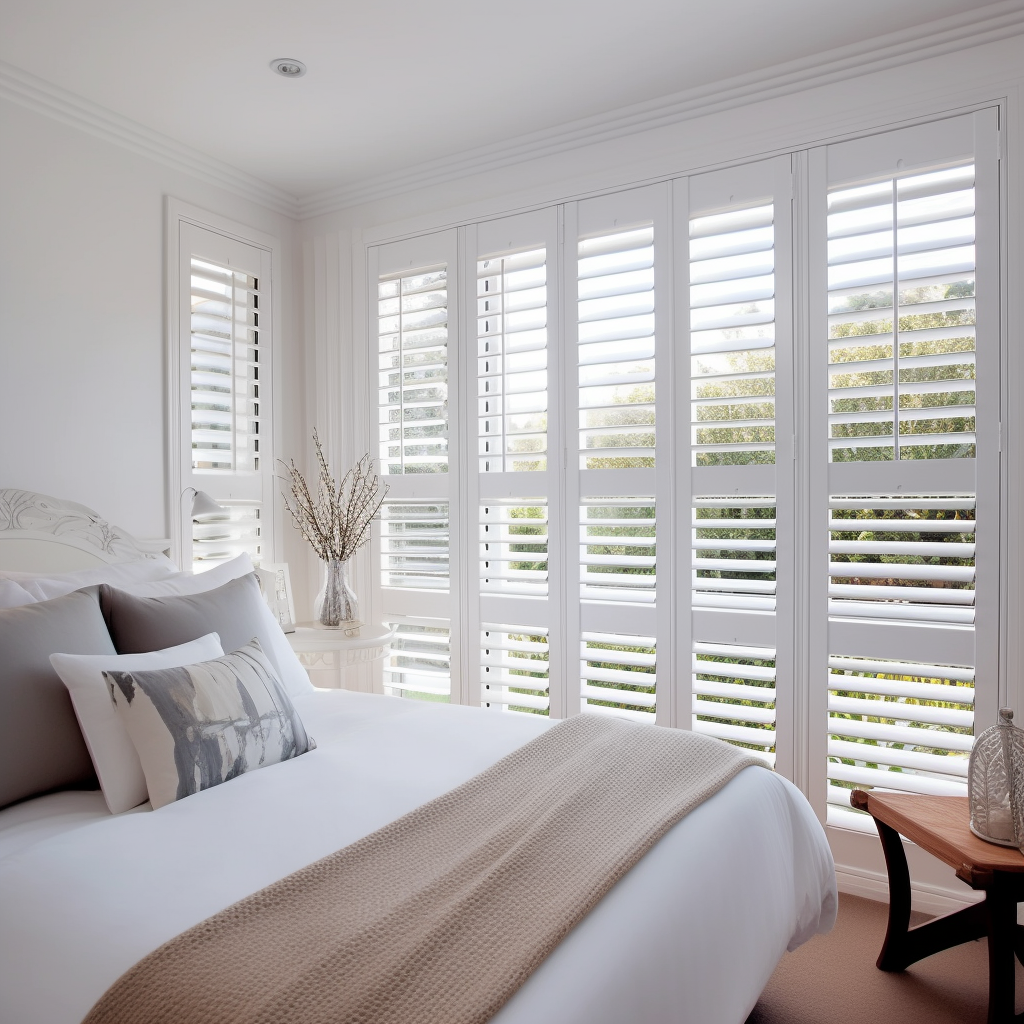How Honeycomb Shades Improve Energy Efficiency in Lexington, KY
November 16, 2025
Energy efficiency is a growing priority for homeowners in Lexington. The region experiences warm, humid summers and cool winters, meaning indoor temperatures shift throughout the year. Many homes in Lexington also feature large windows that let in natural light—but these same windows are where heat enters in the summer and escapes in the winter.
One of the most effective ways to reduce this energy loss is through
honeycomb shades. Also known as cellular shades, honeycomb shades are engineered to insulate windows, regulate indoor temperatures, and improve overall home comfort. This guide explains how honeycomb shades work, why they are especially effective in Kentucky’s climate, and how to select the right type for your home.
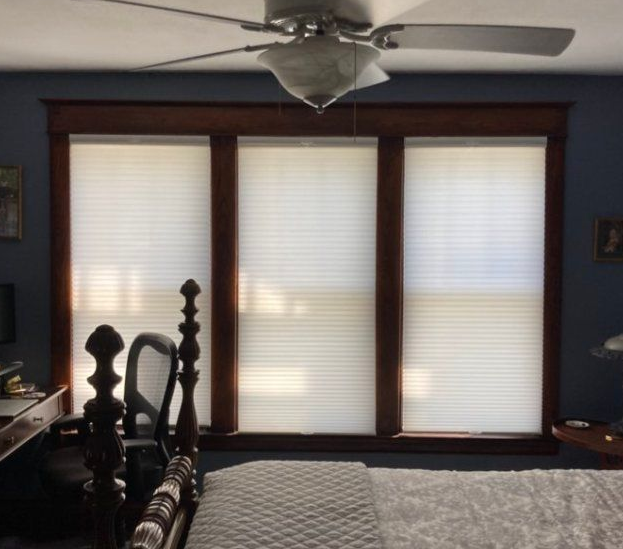
How Honeycomb Shades Work
Honeycomb shades get their name from their cellular structure. Each shade contains rows of air pockets shaped like honeycombs. These air pockets create a thermal barrier between the window glass and the interior of your home.
Why the Honeycomb Design Matters
Before looking at different styles, it’s important to understand why the honeycomb structure is effective:
- The cells trap air, similar to insulation in walls.
- The trapped air slows down the transfer of heat.
- This means less heat enters in summer and less heat escapes in winter.
The result is a more consistent indoor temperature without overworking your HVAC system.
Single, Double, and Triple Cell Designs
To clarify how insulation changes across honeycomb shade types, here is what each structure generally offers:
- Single-cell shades provide basic insulation.
- Double-cell shades create a stronger thermal barrier and are recommended for rooms with high sun exposure.
- Triple-cell shades offer maximum insulation and are typically used for extreme temperature control, room darkening, or energy-focused upgrades.
The more cells the fabric has, the greater its insulating capability.
Why Honeycomb Shades Work Well in Lexington’s Climate
Lexington weather shifts significantly across the seasons. Honeycomb shades help stabilize indoor comfort year-round.
Summer Heat Management
During Lexington’s hot afternoons—especially in south- and west-facing rooms—sunlight can heat interiors quickly. Honeycomb shades reduce this heat transfer by blocking direct sunlight and insulating the glass surface.
Winter Heat Retention
In cooler months, heat inside the home naturally escapes through windows. The honeycomb structure helps retain warmth, reducing the load on heating systems and supporting energy efficiency.
Reducing Glare Without Darkening the Room
Unlike blackout treatments, honeycomb shades are available in various light-filtering levels, allowing homeowners to maintain natural daylight while softening harsh sun exposure.
Choosing the Right Honeycomb Shade for Your Home
To ensure honeycomb shades perform effectively, consider the following key factors:
1. Cell Count & Thickness
More air pockets equal stronger insulation.
Generally:
- Single-cell works for moderate shading needs.
- Double-cell is an excellent balance of insulation and appearance.
- Triple-cell is best for maximum temperature control.
2. Light Control Levels
Different rooms need different light behaviors.
For example:
- Living rooms: Light-filtering shades maintain brightness.
- Bedrooms: Room-darkening shades support better sleep and privacy.
- Home offices: Light-filtering or blackout options help reduce monitor glare.
3. Window Orientation
Windows facing south or west receive stronger sunlight and may require thicker or double-cell fabrics for optimal performance.
4. Mounting Position
Inside-mount shades create a clean look but allow slight side light gaps. Outside-mount shades help improve insulation coverage around the frame.
5. Motorization Considerations
If windows are tall or shades are frequently adjusted, pairing honeycomb shades with motorization provides smoother operation and protects the fabric’s shape and structure over time.
Benefits Beyond Energy Efficiency
While insulation is the primary advantage, honeycomb shades also provide additional benefits that improve everyday comfort:
Noise Reduction
The cellular structure absorbs sound, helping reduce outdoor noise and improving acoustic comfort inside.
Privacy Without Losing Light
Light-filtering honeycomb fabrics allow daylight to brighten the space while maintaining privacy, especially during daytime hours.
Child and Pet Safety
Cordless and motorized options remove hanging cords, creating a safer environment.
Aesthetic Flexibility
Honeycomb shades come in various colors, textures, and opacity levels, making them adaptable to both modern and traditional interior styles.
FAQs
- Do honeycomb shades really improve energy efficiency?
Yes. The cellular design traps air and reduces heat transfer, improving insulation and supporting consistent indoor temperatures. - What is the difference between single-cell and double-cell honeycomb shades?
Single-cell shades have one air pocket per row, while double-cell shades have two. Double-cell provides stronger insulation. - Do honeycomb shades completely block light?
They can, if you select a blackout or room-darkening fabric. Light-filtering versions allow softened daylight. - Do honeycomb shades work with motorization?
Yes. Honeycomb shades can be automated and controlled with remotes, apps, or voice assistants. - Are honeycomb shades good for large windows?
Yes. Their lightweight construction makes them suitable for wide spans without sagging.
Conclusion
Honeycomb shades provide a simple, effective, and visually clean way to improve energy efficiency in Lexington homes. Their insulated structure helps reduce heat gain in the summer, retain warmth in the winter, and maintain a comfortable interior without relying heavily on heating and cooling systems. With options for light control, fabric weight, opacity, and motorized operation, honeycomb shades can be tailored to both the function and design of any room.
A thoughtful selection process ensures the shades balance performance, comfort, and style—supporting your home’s long-term efficiency and everyday livability.
